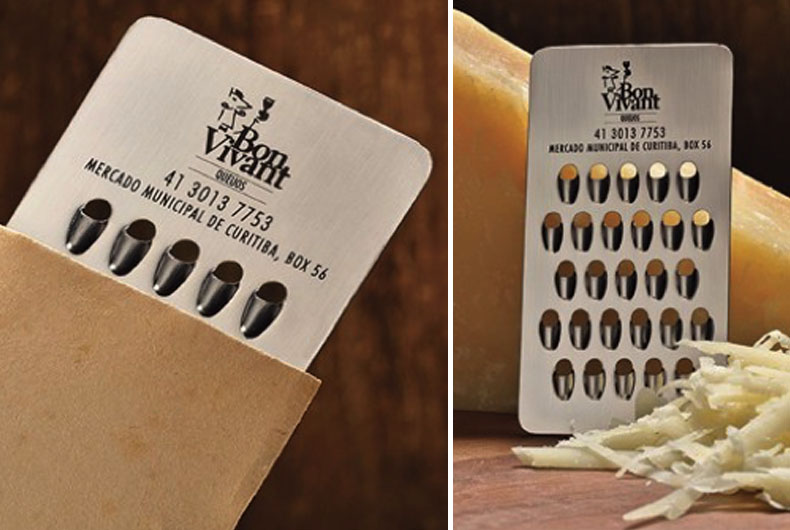The Unique Benefits of Variable Data Printing: No Two Snowflakes
The idea that printed material always has to come off the printer, each piece looking exactly the same, like robots or clones, is a myth that seems straight out of the infamous 80s Apple ad. The fact is that there are a lot of ways to change up the printing process, and a literally infinite number of ways you can customize a printed piece.
 We’re still in the winter season up here in Springfield, VT, so we thought we would use an appropriately wintry metaphor to explain. Have you ever heard the saying that “no two snowflakes look alike”? It’s true (well, at least among developed snowflakes — here’s some off-topic science reading on the subject, if you’re so inclined). As a snowflake expands, it acquires entirely unique attributes, due to the virtually infinite number of variables involved in snowflake development. So many factors can randomly impact the final snowflake, it’s impossible that fates would align to produce any two that are exactly the same.
We’re still in the winter season up here in Springfield, VT, so we thought we would use an appropriately wintry metaphor to explain. Have you ever heard the saying that “no two snowflakes look alike”? It’s true (well, at least among developed snowflakes — here’s some off-topic science reading on the subject, if you’re so inclined). As a snowflake expands, it acquires entirely unique attributes, due to the virtually infinite number of variables involved in snowflake development. So many factors can randomly impact the final snowflake, it’s impossible that fates would align to produce any two that are exactly the same.
So what does this have to do with printing? Well, it turns out that there’s a technique that can use the same effect to produce equally unique results. It’s called Variable Data Printing. Simply put, VDP allows for a printer to apply a data set to the printing process, so that it can change factors of each piece for a personalized touch. Using an often-used example, you could use attributed names on a mailing list to tweak details on a mailing, allowing your campaign to personally address your audience.
However, we think there are MUCH more creative ways to use this intensely powerful tool. After all, in this age of uber-interconnectedness and hyper-accessible data, you might have a lot more variables to use than just your clients’ names. What about their geographic location, switching up imagery to subtly show how your product would work in the places your clients call home? Or what about their buying habits, adjusting to clients’ tastes like the “You Might Like…” channel on Netflix or the music curation on Pandora? Even a client’s age range might affect how they would most easily respond and show their interest in what you’re offering; a younger person might be more apt to plug in a personalized URL (or even a QR code!) than a much older potential customer.
That last part is important, because all that personalization can fulfill two important purposes of marketing material. It can 1. better insure an eventual response from potential consumers, who feel an increased connection with your product and 2. help to measure that response with personalized methods for consumers to engage with your campaign (like the URL or QR code we mentioned above, or a mail-back card for the less web-savvy).
Of course, getting more response data will tell you how cater to your audience even more in the future. In VDP, data is the trick for making each printed piece as unique as any falling snowflake… and how you can make your audience feel just as special, too!





Leave a Reply